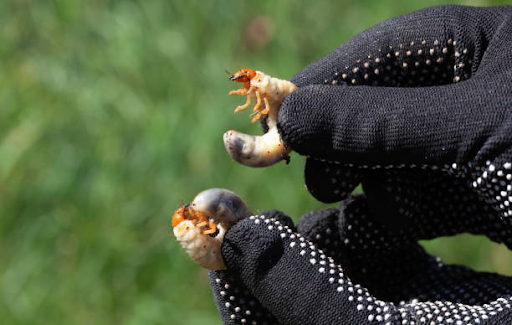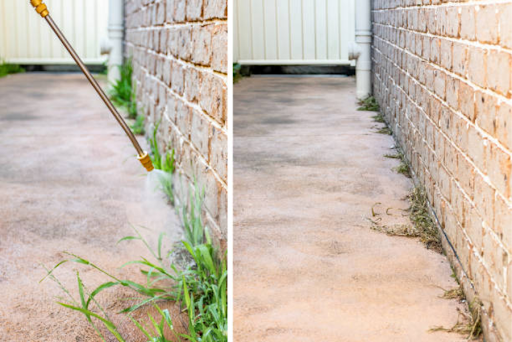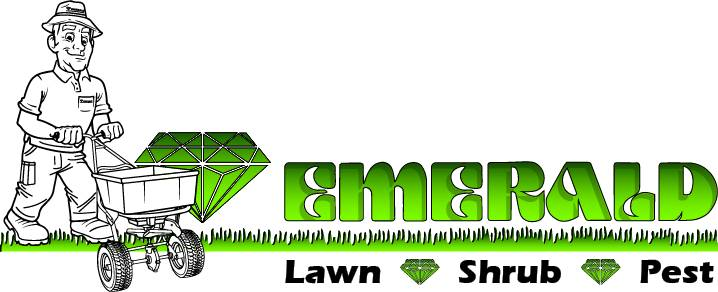Emerald Lawn-Scapes P.O. Box 174 Boonton, NJ 07005-1752
Are Deer Repellents Safe and Effective for Home Lawns?
Deer browsing in Northern New Jersey—especially in suburbs like Boonton—can devastate lawns, flower beds, and landscaping. As their numbers rise and natural food becomes scarce, deer venture further into residential yards. The result? Irreplaceable damage to turf, shrubs, and ornamentals.
Before reaching for any product, it’s essential to ask: are deer repellents safe for my family, pets, and landscape? And more importantly, do they actually work?
Emerald Lawn‑Scapes integrates deterrents seamlessly with ourlawn care,pest control,shrub maintenance, andlandscaping services for long‑term wildlife‑resistant outdoor spaces.
Understanding the Deer Problem in NJ
Suburban expansion and deer overpopulation lead to spring and winter browsing pressure, when natural food is limited or landscape choices look most appealing. Deer eat everything from turfgrass shoots to tender shrub buds, ruining ornamental landscapes—and lawns are especially vulnerable. Their impact goes beyond aesthetics: damaged grass leads to bare patches prone to weeds and erosion.
Types of Deer Repellents
Scent-Based Repellents
Ingredients like garlic, blood meal, and egg solids use strong odors that deer instinctively avoid.
Taste-Based Sprays
These products (e.g., bittering agents) make plant tissue unpalatable after ingestion.
Physical & Electronic Deterrents
Includes motion‑activated sprinklers, ultrasonic devices, and fencing or netting to block access.
Are These Methods Safe for Families and Pets?
Organic options—garlic sprays, egg mixes, motion devices—are non-toxic and wash away harmlessly. Synthetic repellents containing capsaicin or ammonia are effective but may irritate skin or eyes if applied improperly.
Emerald vets all repellents for safety and applies them at the right time, in the correct dilution and pattern, to protect children, pets, and beneficial wildlife.
Which Repellents Work Best in NJ?
Winter and spring browsing are the highest-risk periods. Studies (including Rutgers) show success with:
- Rotational use of scent- and taste-based sprays to prevent deer habituation
- Sprinklers and ultrasonic units placed along property borders
- Robust
landscaping designs (e.g., mixed planting, shrubs, ground covers) paired with repellents for added defense
The key isn’t one solution—it’s layered deterrents, refreshed throughout critical seasons.
Planting with Deer in Mind
Incorporating deer-resistant foliage enhances protection. According to Rutgers, resistant shrubs like boxwood, juniper, Russian sage, and butterfly bush—along with perennials such as bee balm, catmint, and pulmonaria—are less likely to be eaten
Emerald’s designers use such plants strategically, along with mulch and barriers, to shield both turf and ornamentals.
Timing & Frequency Matters
- Before spring green-up and
early winter, odors are most effective. Reapply after rain or snow.
- Some sprays require weekly reapplication; others last a month.
- Motion sensors remain active year-round and reset after activation.
- Emerald schedules repellent applications during our standard lawn visits for simplicity and effectiveness.
Common Mistakes to Avoid
- Treating only once per season—deer adapt quickly
- Overusing strong chemicals that stress plants
- Relying solely on repellents without considering landscape design
- Ignoring common deer entry points
Emerald’s Integrated Deer Defense Strategy
- Customized repellent plans, reviewed seasonally
- Planting deer-resistant shrubs during
landscaping or shrub care services
- Applying safe repellents during
routine lawn and pest visits
- Monitoring wildlife patterns and adjusting defenses proactively
Final Tips for Boonton Lawns
- Use repellents
before deer discover your landscaping
- Combine them with
ground covers,
mulch, and
shrubs that deer dislike
- Adjust plan seasonally—don’t let winter browsing go unchecked
Top Deer-Resistant Plants
Include species like boxwood, juniper, Russian sage, bee balm, catmint, and pulmonaria, which studies show are least affectedbhg.com.
Emerald’s integrated approach—repellents, planting, monitoring, and maintenance—keeps your yard thriving and protected. Ready to build your deer defense? Reach out for a free lawn and landscaping consultation today!
FAQs
Q: Will repellents harm my pets or children?
Not when applied by professionals. Emerald selects non-toxic options and avoids sprays near play areas.
Can repellents protect shrubs too?
Yes—treated shrubs are part of the same plan, often combined with maintenance.
Should I do it myself or hire a pro?
DIY products may lead to overuse or seasonal mismatch. Professionals ensure optimized timing, dosage, and coverage.













